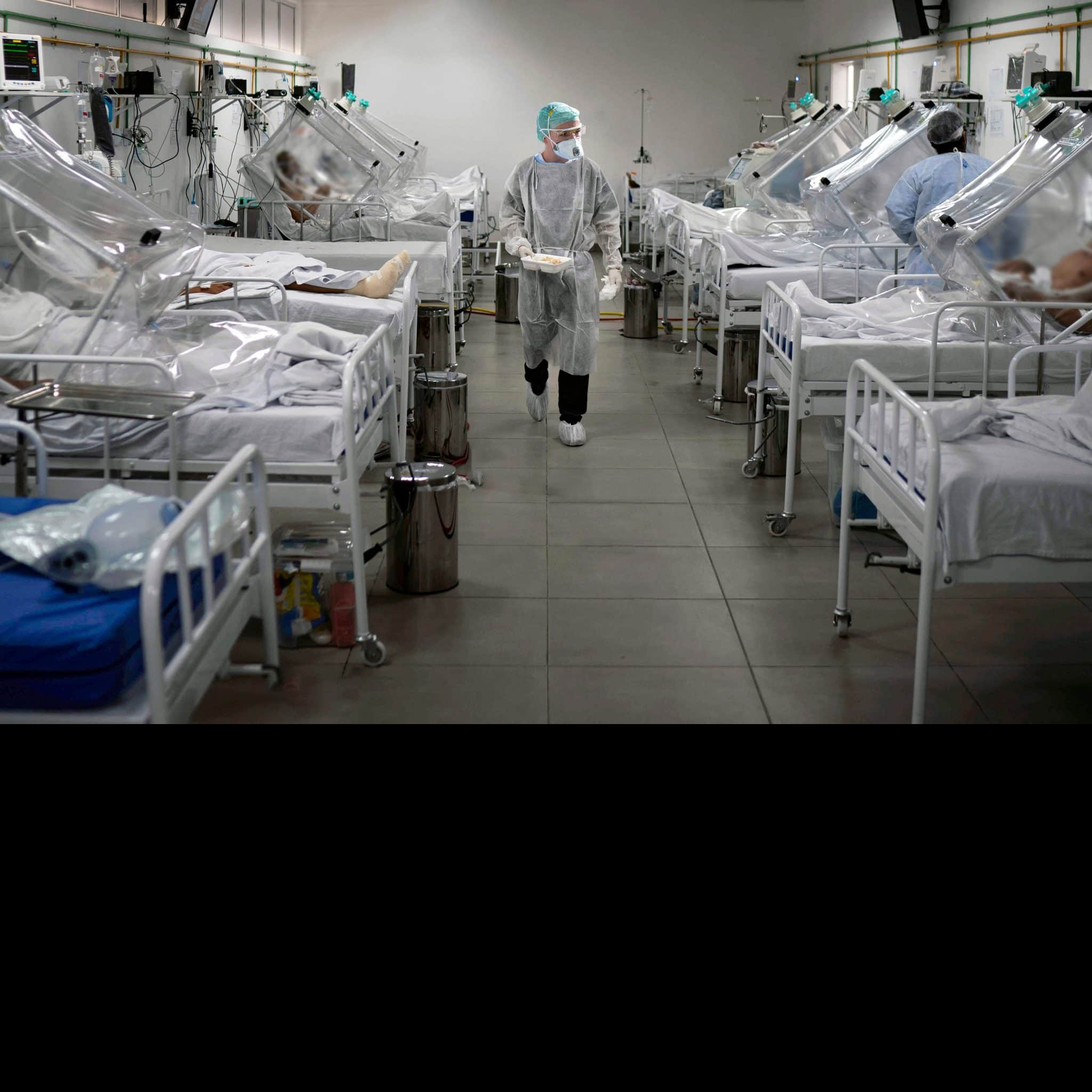The global industrialization has brought profound lifestyle changes and environmental pollutions leading to higher risks of cardiovascular diseases. Such tremendous challenges outweigh the benefits of major advances in pharmacotherapies (such as statins, antihypertensive, antithrombotic drugs) and exacerbate the public healthcare burdens. One of the promising complementary non-pharmacologic therapies is the so-called intermittent hypoxia training (IHT) via activation of the human body's own natural defense through adaptation to intermittent hypoxia. This review article primarily focuses on the practical questions concerning the utilization of IHT as a non-pharmacologic therapy against cardiovascular diseases in humans. Evidence accumulated in the past five decades of research in healthy men and patients has suggested that short-term daily sessions consisting 3–4 bouts of 5–7 min exposures to 12–10% O2 alternating with normoxic durations for 2–3 weeks can result in remarkable beneficial effects in treatment of cardiovascular diseases such as hypertension, coronary heart disease, and heart failure. Special attentions are paid to the therapeutic effects of different IHT models, along with introduction of a variety of specialized facilities and equipment available for IHT, including hypobaric chambers, hypoxia gas mixture deliver equipment (rooms, tents, face masks), and portable rebreathing devices. Further clinical trials and thorough evaluations of the risks versus benefits of IHT are much needed to develop a series of standardized and practical guidelines for IHT. Taken together, we can envisage a bright future for IHT to play a more significant role in the preventive and complementary medicine against cardiovascular diseases.

 www.ncbi.nlm.nih.gov
www.ncbi.nlm.nih.gov
The above-discussed limitations and disadvantages of hypobaric chambers prompted studies in recent decades on a different and more practical form of IHT—normobaric hypoxia training, which is carried out by breathing of hypoxic gas mixtures under normobaric environment. A variety of technical implementations for this treatment approach have been tested, including normobaric hypoxia rooms or suites and the so-called hypoxicators—a new class of biomedical devices that was first introduced by the former Soviet Union scientists for simulating altitude training in military personnel and sportsmen and for treatment of various human diseases. These equipment or devices typically contain polymer membranes, which can separate O2 and N2, are convenient for generating the hypoxic gas mixtures in open circuit devices and chambers.

Intermittent hypoxia training as non-pharmacologic therapy for cardiovascular diseases: Practical analysis on methods and equipment
The global industrialization has brought profound lifestyle changes and environmental pollutions leading to higher risks of cardiovascular diseases. Such tremendous challenges outweigh the benefits of major advances in pharmacotherapies (such as statins, ...
The above-discussed limitations and disadvantages of hypobaric chambers prompted studies in recent decades on a different and more practical form of IHT—normobaric hypoxia training, which is carried out by breathing of hypoxic gas mixtures under normobaric environment. A variety of technical implementations for this treatment approach have been tested, including normobaric hypoxia rooms or suites and the so-called hypoxicators—a new class of biomedical devices that was first introduced by the former Soviet Union scientists for simulating altitude training in military personnel and sportsmen and for treatment of various human diseases. These equipment or devices typically contain polymer membranes, which can separate O2 and N2, are convenient for generating the hypoxic gas mixtures in open circuit devices and chambers.


